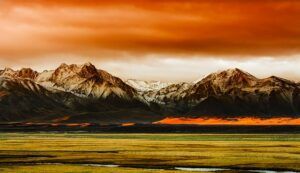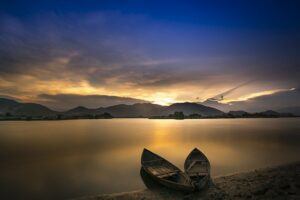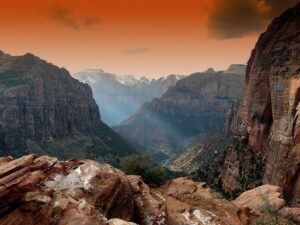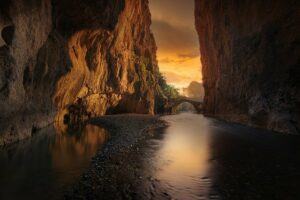Introduction
Making a world map can be a fascinating and educational project. Whether you are a cartography enthusiast, a student, or simply want to create a decorative piece for your home, constructing a world map allows you to explore the Earth’s geography in a hands-on way. In this article, we will delve into the process of making a world map, from gathering materials to adding intricate details.
Materials and Tools
Paper or Canvas: The first step in creating a world map is to select the base material. You can choose a large sheet of paper or a canvas, depending on your preference and the level of durability you desire. Ensure that the material is suitable for painting or drawing.
Pencil and Eraser: Sketching the outline of the continents and countries requires a pencil. It is recommended to use a soft lead pencil for ease of erasing and making adjustments.
Map Projection: Before you start drawing, decide on the map projection you want to use. Common projections include Mercator, Robinson, and Winkel Tripel. Research each projection to understand their distortions and select the one that best suits your purpose.
Acrylic or Watercolor Paints: To add color to your world map, you can use acrylic or watercolor paints. Acrylic paints are more vibrant and durable, while watercolors provide a softer and more transparent effect. Choose the type of paint that aligns with your desired aesthetic.
Paintbrushes: Depending on the size and level of detail you want to achieve, select a variety of paintbrushes. Flat brushes are suitable for filling large areas, while fine brushes are ideal for intricate details.
Creating the Outline
Research and Reference: Begin by researching and referencing existing world maps. This will help you understand the shapes and proportions of the continents and countries. Use atlases, online resources, or printed maps as references.
Sketching the Continents: Start by lightly sketching the outline of each continent using a pencil. Focus on the general shape and size, ensuring they are proportionate to each other. Use your reference materials to guide you.
Adding Countries: Once the continents are sketched, begin adding the countries. This can be a time-consuming process, so take your time and refer to your references for accuracy. You can choose to outline the countries or fill them in with color, depending on your preference.
Adding Details
Landforms and Bodies of Water: After creating the basic outline, you can add details such as mountains, rivers, and lakes. Use different shades of paint to depict elevation and depth. Research specific landforms and bodies of water to ensure accuracy.
Labels and Borders: To enhance the functionality of your world map, consider labeling important cities, capitals, and geographical features. Additionally, add country borders using a fine brush or marker. This will provide a clearer understanding of the map.
Finishing Touches
Sealing the Map: Once the paint is dry, consider sealing your world map to protect it from damage. You can use a clear varnish or a fixative spray, following the instructions provided by the manufacturer.
Mounting and Display: Decide how you want to display your world map. You can frame it, mount it on a corkboard, or attach it to a wooden panel. Choose a method that suits your aesthetic preferences and intended use.
Conclusion
Creating a world map can be a rewarding and educational experience. By gathering the necessary materials, sketching the outline, adding details, and applying finishing touches, you can make a unique and personalized representation of our planet. Whether it’s for educational purposes or as a decorative piece, your world map will serve as a reminder of the beauty and diversity of our world.
References
– National Geographic: nationalgeographic.com
– Britannica: britannica.com
– United Nations: un.org






